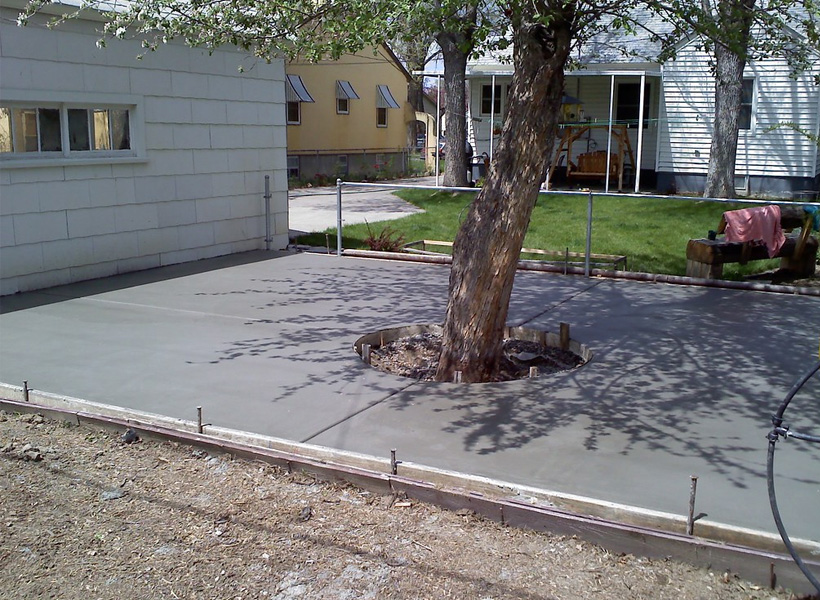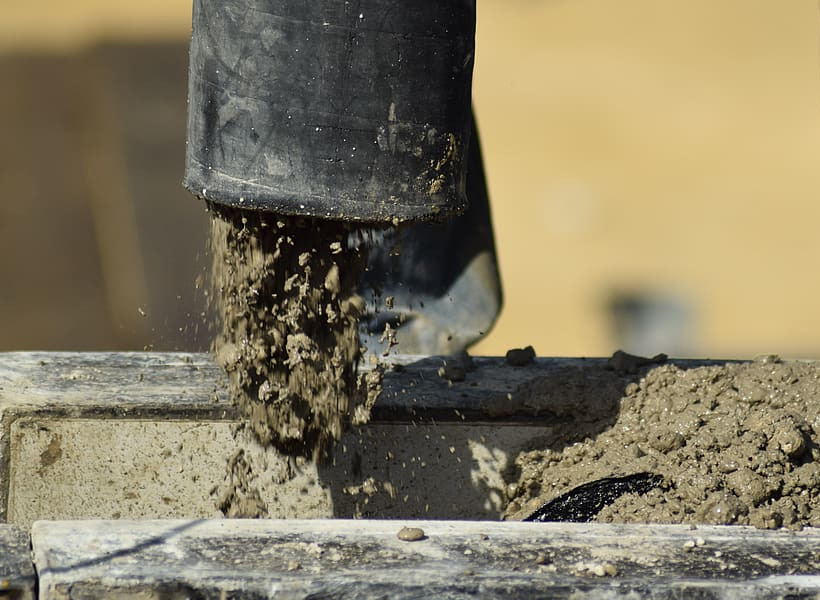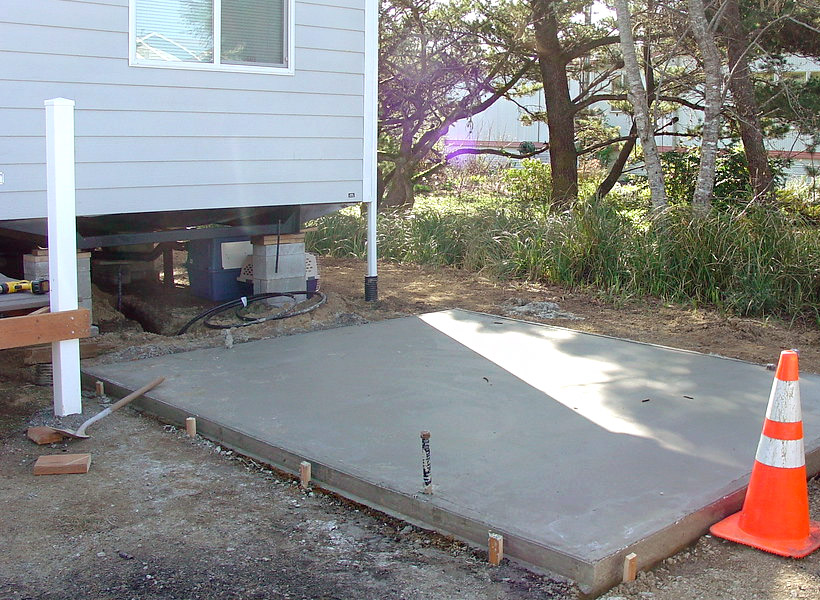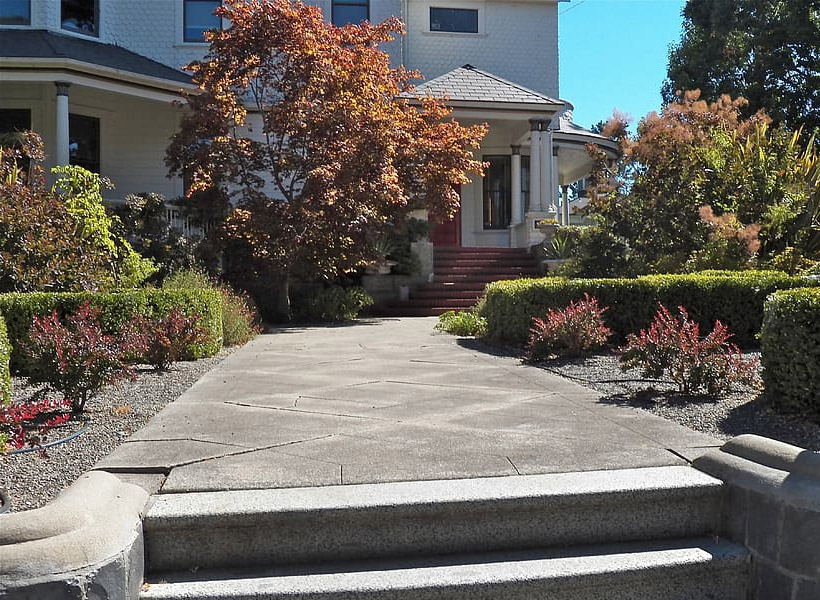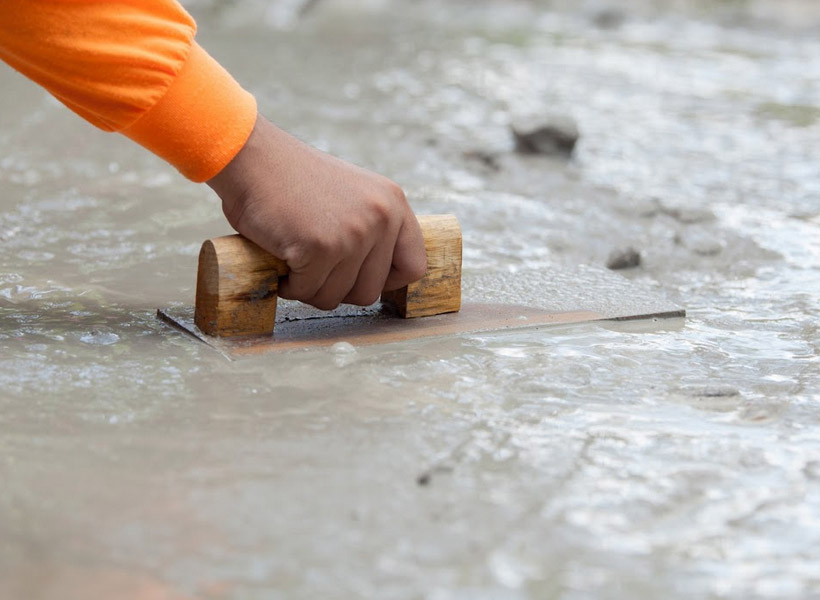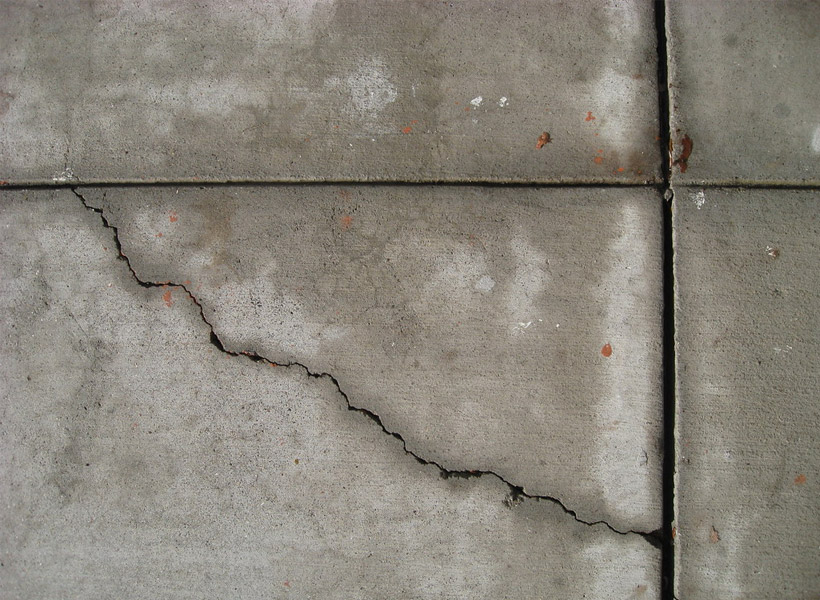Concrete is versatile and the most used construction material for flooring and countertops. Although concrete has been used for design and construction, recent advancements have enhanced its sturdiness and reliability. Regarding concrete patios, there are two standard finishing options: staining and sealing.
Both techniques are commonly used to achieve the desired outcome but have pros and cons which you should consider, especially if you live in California. NexGen Ready Mix Concrete has compiled a list of the advantages and disadvantages of both techniques to help you make an informed choice.
Sealed Concrete Patios
Do you notice signs of moisture damage, staining, or fading on your concrete patio? Applying a sealant can help mitigate deterioration and maintain optimal aesthetics. Sealed concrete patios are a popular option for homeowners in California because they are inexpensive and easy to maintain than polished concrete surfaces. Sealed concrete patios have a matte finish, which means it has a gloss finish that enhances your patio’s overall appeal and longevity.
Pros and Cons of Sealed Concrete Patios
There are many types of concrete sealants in the market, but they all have one thing in common: an acrylic sealer. Before applying a sealer on your concrete patio, consult a professional contractor to ensure you choose a suitable product. We can help you find an ideal sealant that guarantees resistance to moisture, easy cleaning, chemical and stain resistance, less labor-intensive, and scratch resistance.
Even though you love a seamless patio with a sealed concrete surface, there are downsides to look out for. If you apply a sealant, there’s a high susceptibility to fading, needs resealing regularly, causes sticky surfaces, and requires a professional contractor to install. Ensure you use an acrylic sealer, as they offer a variety of sheens, including satin, matte, gloss, and semi-gloss. We recommend sealed surfaces for homes with pets and children, basements, and areas you need low maintenance, like garages and basements.
Stained Concrete Patios
Stained concrete patios are a great way to add texture and color to outdoor spaces. Several techniques are used to stain concrete surfaces, such as concrete dying, acid staining, and concrete staining. The most commonly used concrete stains include acid-based dyes, paint-based, and water-based ones. Homeowners looking for consistency prefer staining, especially if they want to emulate natural elements like wood, marble, or brick.
Pros and Cons of Stained Concrete Patios
If you stain your concrete patio, we recommend working with a trusted contractor to ensure you achieve the desired look. Stained concrete surfaces provide a unique design, various textures and colors, low maintenance, durability, and an inexpensive finishing solution. However, routine maintenance is vital to ensure the patio remains pristine.
In contrast, stained concrete patios have several downsides you should consider. Stained concrete surfaces are more susceptible to moisture damage if not adequately protected or sealed. Using a paint-based stain can chip or peel with time, compromising concrete performance and durability. However, stained concrete is a more economical finishing solution than sealed finishing.
Whether you opt for a sealed or stained concrete patio, contact NexGen Ready Mix Concrete to schedule a consultation with our expert contractors. We provide top-quality, customized, ready-mix concrete to achieve the desired finish.

